Obama-Linked Stanford Center Held Secret Meeting With Foreign Governments To Plot Global Internet Censorship
October 28 | Posted by mrossol | 1st Amendment, Australia, England, Europe, NGO, Obama, Ruling Class, The LeftTop EU, UK, Brazil, and Australian officials met in September 2025 with US censorship advocates to combine and coordinate efforts to censor voices. mrossol
In the spring of 2022, former President Barack Obama gave a major policy address at Stanford University’s Cyber Policy Center, where he laid out a sweeping proposal for government censorship of social media platforms through the Platform Accountability and Transparency Act. Six days later, President Joe Biden’s Department of Homeland Security announced that it had created a “Disinformation Governance Board” to serve as an Orwellian Ministry of Truth with the clear goal of controlling the information Americans could access online.
At the heart of Obama’s vision for Internet censorship was legislation that would have authorized the US government’s National Science Foundation to authorize and fund supposedly independent NGOs to censor the Internet. The DHS and Stanford Internet Observatory, which was part of the Stanford Cyber Policy Center, pioneered this censorship-by-proxy strategy as a way to get around the First Amendment in 2020 with posts raising concerns about the 2020 elections and in 2021 with “narratives” expressing concern about the Covid vaccine.
The 2024 election of President Donald Trump significantly reduced the threat of Obama, DHS, and NSF censoring the American people. Trump defunded much of the Censorship Industrial Complex. The Platform Accountability Act is going nowhere in Congress. Elon Musk fired most of the censorship staff at Twitter and has allowed a significantly wider range of speech on the platform. And even before Trump’s election, Stanford donor Frank McCourt stopped funding the Stanford Internet Observatory after Public, Racket News, and House Weaponization Subcommittee Chairman Jim Jordan exposed its central role in the DHS censorship-by-proxy scheme.
But now, foreign governments, including Europe, the UK, Brazil, Australia, and others are demanding censorship, including of the American people. The risk is that US tech companies will find it significantly less expensive to have a single global censorship regime and just go along with foreign censorship requests. Facebook complied with Biden administration demands to censor because it needed Biden’s help in dealing with European censorship officials. And the Brazilian government forced Elon Musk to continue censoring the Brazilian people after it froze Starlink’s assets.
And Public has discovered that the Stanford Cyber Policy Center, which is led by Obama’s former ambassador to Russia, Michael McFaul, is at the heart of a new, secretive, and possibly illegal censorship initiative that appears even more ambitious than the one Obama proposed in 2022.
|
||
On September 24, the Cyber Policy Center hosted a secret dinner between its leaders and top censorship officials from Europe, UK, Brazil, California and Australia. The meeting was titled “Compliance and Enforcement in a Rapidly Evolving Landscape.” Frank McCourt, the same person behind the Stanford Internet Observatory, financed the gathering through his “Project Liberty Institute,” (PLI), toward which he gave $500 million to “strengthen democracy” and “foster responsible technology.”
Public emailed all 21 participants and organizers and only heard from four, PLI, the Australian government, the UK government, and the European Union, which declined to comment because, even though Public gave it over 24 hours, a spokesperson said, “We would need several days.”
The UK government said, “The legal framework gives Ofcom power to enforce the duties in the Act which are related to securing protections for people in the UK; it does not give Ofcom powers to enforce under any other legal regimes…. Ofcom has always engaged with various international forums and networks across all of the sectors we regulate, including online safety, spectrum, telecommunications, post, and broadcast and media. Regulators around the world regularly exchange insights, experience, and best practice.”
A spokesperson for PLI said it “has made unrestricted gifts to several academic research programs, including Stanford University” and that “PLI does not receive funding from governments, intergovernmental organizations, or large technology companies.”
But PLI’s own policy “blueprint” reveals that it is demanding a single total global censorship regime and intends to use the EU’s market power, known as the “Brussels effect,” to force big tech companies to comply. The blueprint calls for governments to “Recommit to a Single, Global Internet,” with “regulatory interoperability and oversight, to achieve a single unified market” and use the large size of the EU market to “drive bilateral and multilateral agendas to formally enshrine reciprocal guarantees.”
A spokesperson for the Australian government said, “Whilst in attendance at Stanford for the 2-day conference, some attendees, including trust and safety researchers, industry, civil society, and government representatives, were also invited to attend an informal evening roundtable event organised by Stanford University entitled, ‘Compliance and Enforcement in a Rapidly Evolving Landscape.’ This roundtable did not involve any discussion of compliance coordination or regulatory information sharing.”
The Australian spokesperson claimed that “eSafety has no role in regulating hate speech or disinformation. eSafety has no remit or interest in regulating the affairs of other nations, nor does it have any role in diplomatic, trade or other government-to-government relations.”
But it also said, “As the internet is global and functions irrespective of national borders, by necessity eSafety collaborates with law enforcement, other government agencies, and non-government partners around the world, including in the United States.”
The leaked agenda’s stated purpose was to “discuss the state of compliance and enforcement” in order to “identify where data, research, and expertise can enable more effective compliance with and enforcement of existing policy.”
Much of the following two days of the public conference were focused on coordinating government censorship (“regulation”) of social media platforms, and the other nations that attended the meeting are all intensively involved in censoring their citizens and US tech companies.
And, the head of Australia’s eSafety, Julie Inman-Grant, who was a keynote speaker at Stanford’s foreign censorship meeting, is also the head of a global government censorship network that serves as forum, she told the World Economic Forum, “to help us coordinate, build capacity and do just that…. We use the tools that we have, and can be effective, but we know we’re going to be, go, much further, when we work together with other like-minded independent statutory authorities around the globe.”
As such, the people who are demanding censorship are once again spreading disinformation about what they are doing.
All of this is happening in a context of global censorship intensifying. The UK government arrests 30 people per day for “offensive” social media posts, is attempting to censor 4Chan, which has no servers in the UK, and will mandate digital IDs for employment, which may give unprecedented control to politicians and bureaucrats to censor. The Brazilian government has, for year,s been censoring journalists and policymakers, incarcerating people for legal social media content, and threatening prosecution of journalists, including this author. And several European nations are censoring and arresting their citizens, preventing opposition political candidates from running for office, and preparing to implement digital IDs.
Why did Stanford Cyber Policy Center hold this meeting, what is its strategy for global censorship? Who leaked the agenda to Public and why? And what can be done to stop Stanford, Brazil, Australia, the EU and others from realizing their totalitarian censorial vision?
Democrats and the Deep State
The Stanford Cyber Policy Center and the other participants in the global censorship meeting have close ties to the US foreign policy establishment. Public and others documented earlier this year how the State Department and USAID had apparently funded disinformation initiatives through the Organized Crime and Corruption Reporting Project (OCCRP) and othersupposedly independent new organizations.
The PLI, in its censorship vision statement, said explicitly that it sought government funding for censorship. It called for governments to “Strategically Harness Foreign Assistance for People-Centric Digital Capacity-Building… using funds like those administered by State/CDP and multilateral organizations, to develop technical pilots and governance infrastructure this new paradigm demands…Focus the US-EU Digital Relationship on this Shared Vision for the Future.”
One of those multilateral organizations appears to be the World Economic Forum, which declared“misinformation” to be the most important problem in the world, and advocates global censorship by supposedly nongovernmental actors of US tech firms.
What’s more, Stanford and PLI appear to be seeking to embed themselves as “government partners” for censorship. In the Australian government’s statement to Public, it revealed that it had chosen Stanford University’s Social Media Lab, which co-hosted the foreign censorship meeting with Stanford Cyber Policy Center, as its “Lead Academic Partner.” This is similar to the censorship-by-proxy model.
The purpose appears to be to create the veneer of independence and civil society support for government censorship, while the heavy focus on protecting children has been how leaders of the Censorship Industrial Complex have defended their work ever since they were exposed by the Twitter Files in 2022 and 2023. Notably, protecting children is Australia’s main justification for implementing its digital ID.
The September 24 meeting included other major advocates of foreign censorship, including: a UK representative of its media regulation agency, Ofcom; the Deputy Consul for the Brazilian government in the US, Mariana Ferreira Thiele, who is behind UN and multilateral efforts to monitor and censor disfavoredviews including on climate change; the Knight Foundation’s Alissa Cooper, who is organizing a 2025 meetingon how to use the EU censorship law as “a new global standard for platform regulation”; the EU government’s Gerard de Graaf, liaison to the US tech community on censorship; and Kang-Xing Jin who conducted Covid censorship while head of health policy at Facebook.
The keynote speaker at Stanford’s foreign censorship meeting was Australia’s top censor, Julie Inman-Grant, an American who once told a reporter that the CIA had tried to recruit her but she said no. Last year, the leader of the Stanford Internet Observatory admitted she had worked for the CIA for four years.
As Australia’s eSafety Commissioner, Inman-Grant organized the “Global Online Safety Regulators Network” which includes censors from around the world, including Australia, France, Ireland, South Africa, Korea, the UK, and Fiji. “We have a big stick,” she boasted, “that we can use when we want to….They’re going to be regulated in ways that they don’t want to be regulated.” She also called for a digital ID, which Australia is putting into place.
Others who attended include: Tom Kemp, who is the head of a new California Internet regulation agency, and is author of a book, Containing Big Tech, about the need for governments to do more to control social media companies; Alexios Mantzarlis, who was the head of the International Fact-Checking Network, and criticized Meta’s decision to stop using fact check groups like his; and Matt Moyl, a former Meta “election integrity” censorship official who argues that democracies must “fix the feed” to prevent disinformation and hate speech from proliferating.
The head of McCourt’s PLI is Tomicah Tillemann who was Hillary Clinton’s speechwriter and a senior staffer on the U.S. Senate Foreign Relations Committee advising Obama, Biden, and former Secretary of State John Kerry. Tillemann earned degrees from Yale and the Johns Hopkins School of Advanced International Studies.
As such, Stanford Cyber Policy Center held last month’s secret meeting to continue the global censorship efforts envisioned by Obama and partially implemented under the Biden administration. Not just Tillemann but many others have strong ties to the foreign policy establishment and the US security state. Their strategy remains censorship-by-proxy, but is today globalized, with the “proxy” they hope to censor Americans being the confederation of governments organized by Inman-Grant.
Standing Up to Foreign Censorship
The conference underscores the importance of globalizing the Censorship Industrial Complex to the foreign policy establishment, Democrats in the United States, and left-wing governments abroad. What the EU, UK, Australia, and Brazil all have in common is that they are controlled by the Left. Even after we and others exposed their censorship initiatives, embarrassing them, they keep moving forward, constantly inventing new justifications, with “child protection” and “AI” being the latest predicates. They are constantly seeking to change norms, carefully embedding their more totalitarian and thus less popular agenda into more popular packages of protecting privacy, children and avoiding future harms from AI.
But anyone who looks at the agenda can see what they are doing, which is why someone leaked it to Chairman Jordan. That whistleblower recognized the threat that this effort at global censorship poses and courageously gave it to Jordan, who provided it to Public.
And the censors are clearly embarrassed, which is likely why only three of the 21 participants responded to Public, with the EU claiming it needed more time. We know McCourt is rightly sensitive to how bad this makes him look as it was McCourt who cut off funding to the Stanford Internet Observatory after its censorship-by-proxy scheme became public.
The September 24 meeting changes our understanding of the history of the Censorship Industrial Complex. We already knew that Obama’s Spring 2022 speech to Stanford University’s Cyber Policy Center was significant, particularly given its timing before the launch of the DHS “Disinformation Governance Board.” But what has happened now underscores the central role played by leading Democrats, including McCourt, Cyber Policy Center head, McFaul, and Tillemann. Over the last three years, we have heavily documented the role of Intelligence Community intermediaries. The most recent meeting underscores how those intermediaries can seamlessly move across borders and into new institutions, private and public, when the older ones have been publicly discredited, defunded, or taken over by Republicans.
Invite your friends and earn rewards
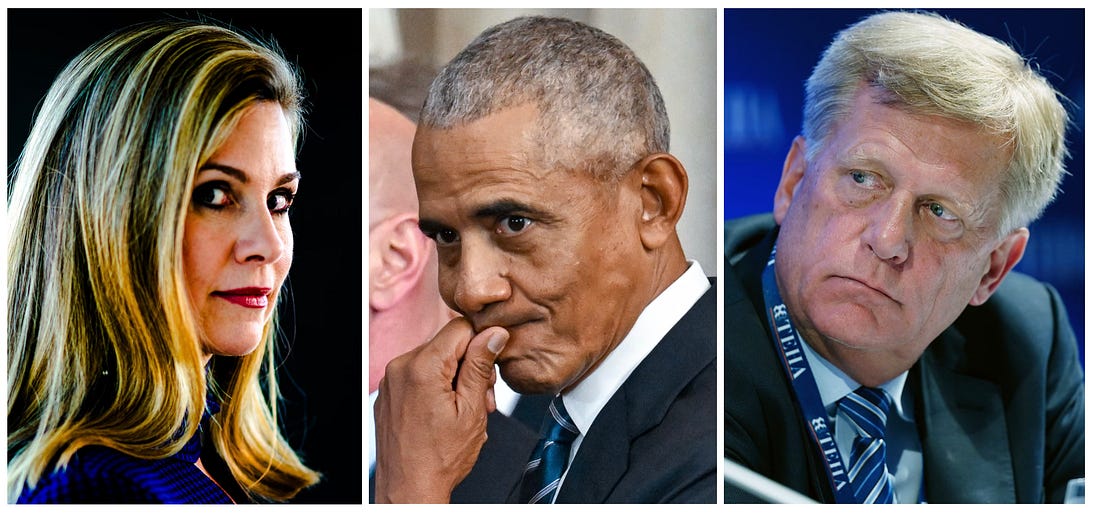
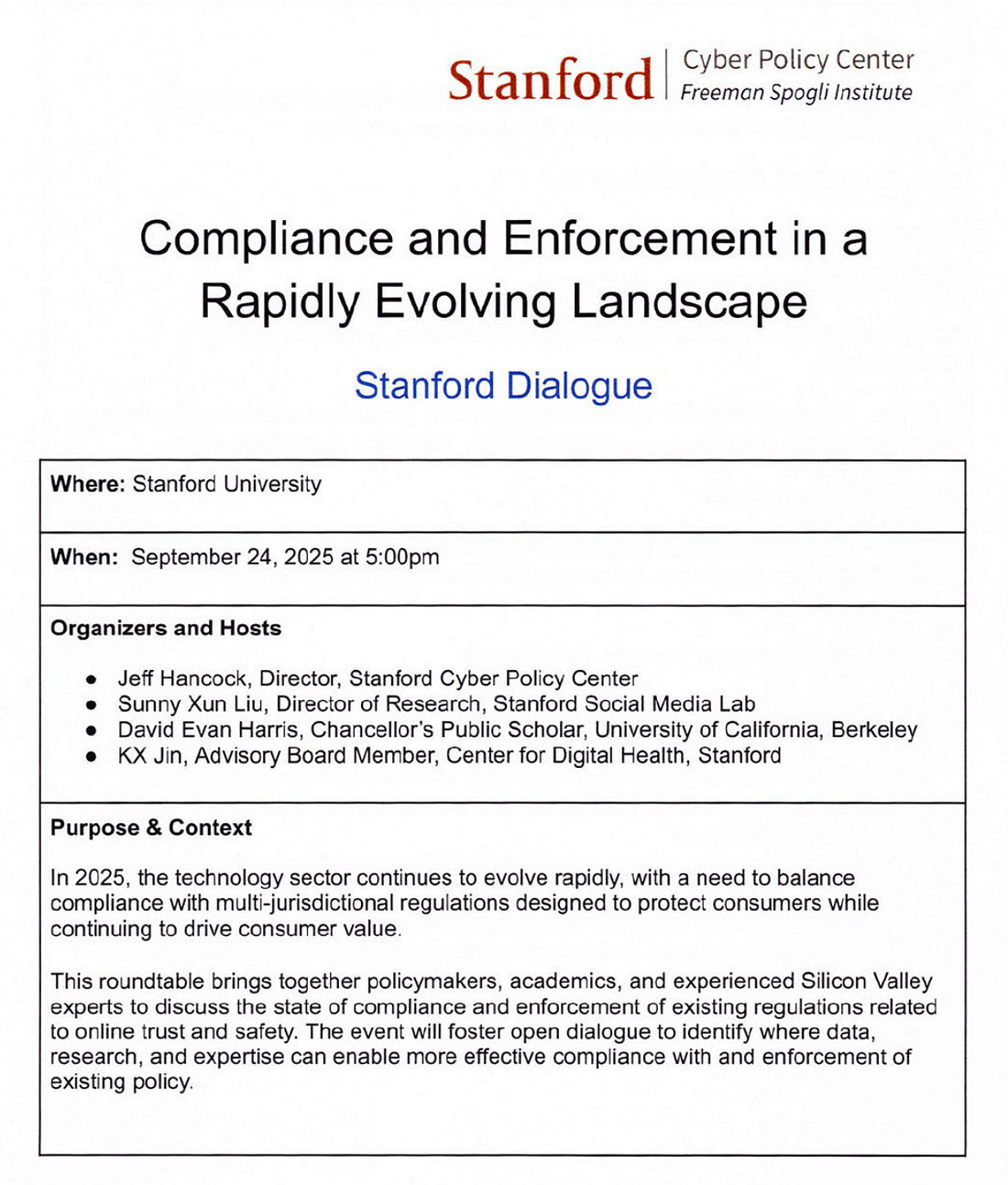
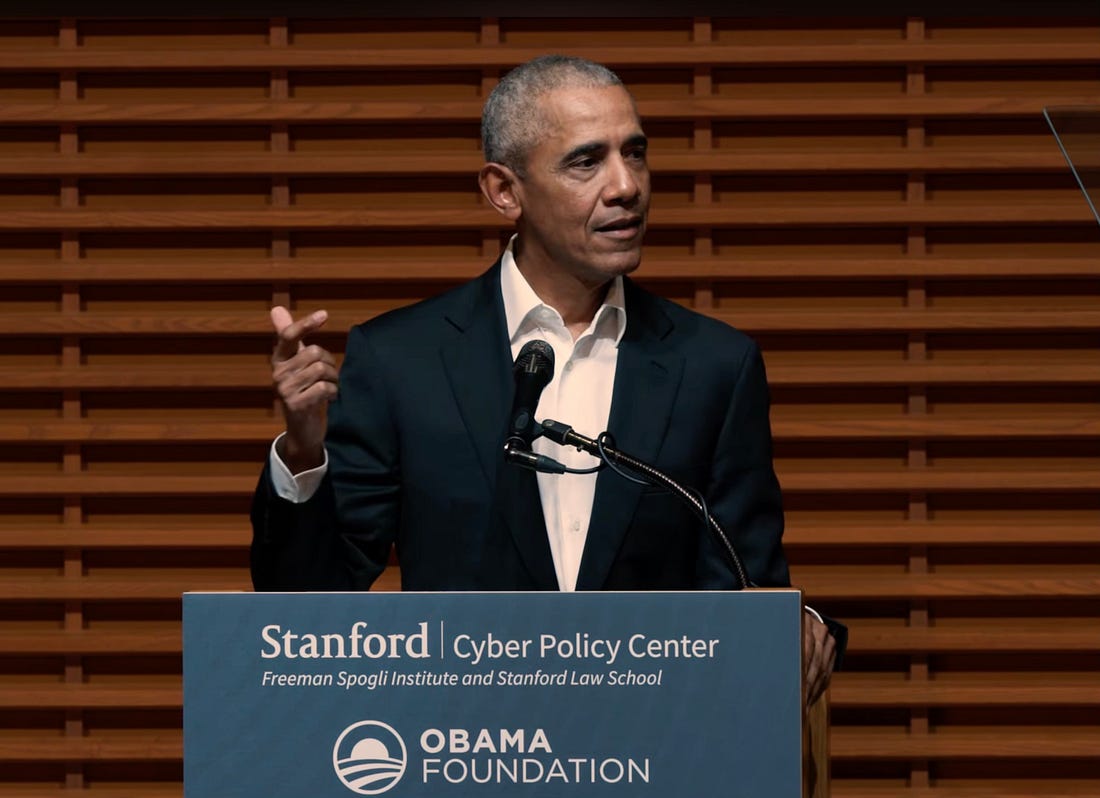
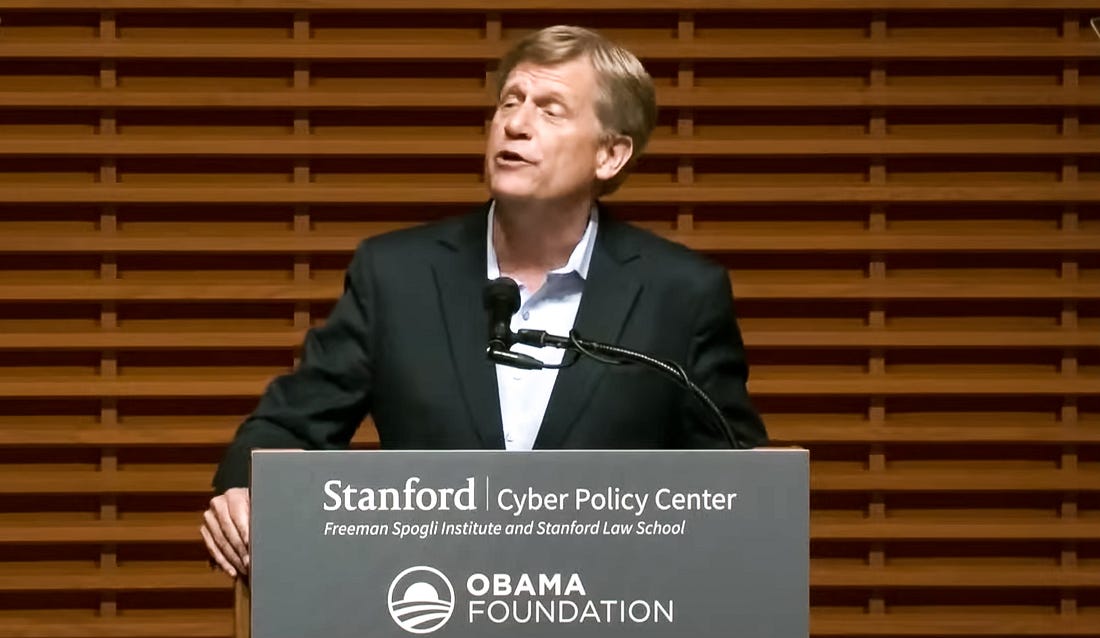
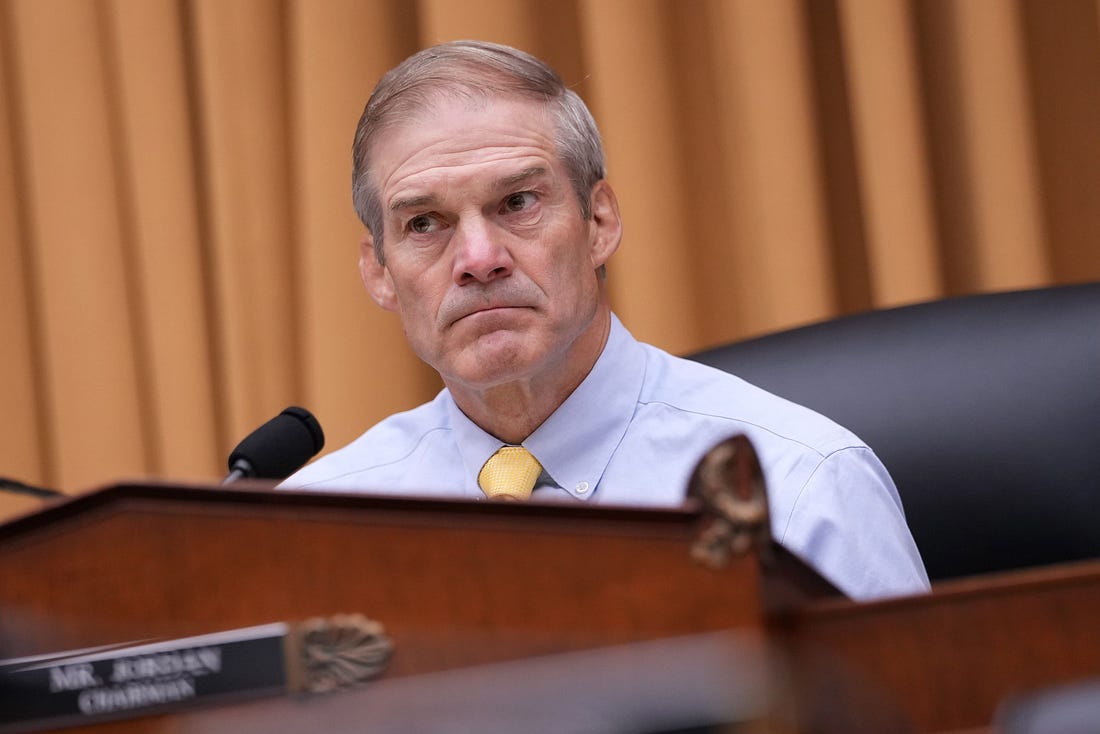





Leave a Reply
You must be logged in to post a comment.